Where does the earthquake originate?Where is the depth?Is there a new discovery?
Author:Astronomy online Time:2022.06.20
What happened to the rocks in the depths of the mantle?
The earthquake occurred in the lower mantle, which was much deeper than the previous earthquake.

The Boning Islands is part of the geological arc known as Iusu-Boning-Maria. This arc is located above the dive band of the Pacific sector, and the Pacific sector is slowly sinking under the Philippine plate. (Photo source: Pianoman555 Via Getty Images)
Scientists have detected the deepest earthquake ever, the earthquake is 467 miles (751 kilometers) from the surface of the earth.
This depth is located in the lower mantle, and seismologists believe that earthquakes cannot happen here. This is because under extreme pressure, rocks are more likely to bend and deform, not to release energy without sudden rupture. However, Pamene, a professor of geological materials at the University of Nevada, who did not participate in this study, said that the behavior of minerals is not always the same as expected. Under the pressure of the state of earthquakes, it may also stay in the original state.
"Just because they should change, it does not mean that they will change," Bernley told Life Science magazine. Then, the earthquake may reveal that the boundary of the earth is more vague than people.
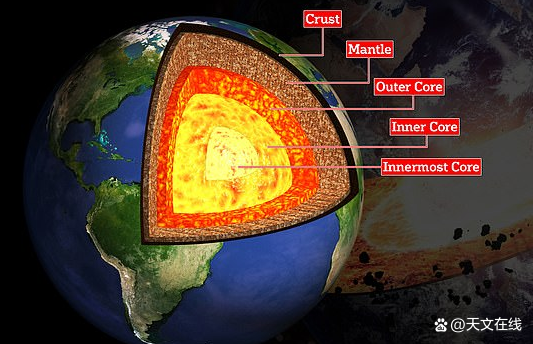
Cross -border
The earthquake first reported in the June of the Earth Physics Research Express in June that it was a small aftershock of the 7.9 magnitude earthquake in the Bonen Islands near the Bonin Islands near Japan in 2015. Researchers led by the University of Arizona earthquakeist Eric Kisser used the high net array of the Japanese earthquake to detect the earthquake. John Vediel, an earthquakeist of the University of Southern California who did not participate in this study, said the array is the most powerful seismic detection system currently used. The earthquake is very small this time, and it is not felt on the surface, so a sensitive instrument is required to find it.
The exact depth of the earthquake also needs to be confirmed by other researchers. Vidal told the Life Science magazine, but the discovery looked reliable. "They do well, so I tend to think that this may be correct," Vider said.
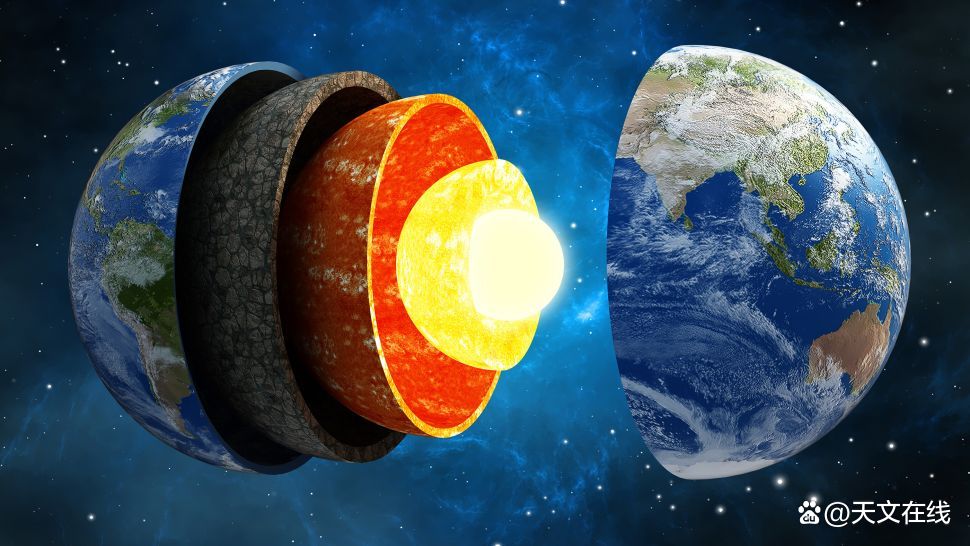
The deepest earthquake ever occurred near Japan in 2015 reached the lower mantle of the earth. (Picture source: shutterstock)
This makes this earthquake a bit puzzling. The vast majority of earthquakes are shallow source earthquakes, which occur in the crust and upper mantle of 62 miles (100 kilometers) below the surface. The rocks were cold and crispy in the crust that extended only about 12 miles down (20 kilometers) down. Bernley said that when these rocks were under pressure, they would break a slightly bent, releasing energy like a curved spring. In the deeper part of the crust and the mantle, the rock temperature is higher and the pressure is greater, which makes them difficult to break. However, at this depth, when the high -voltage pores are full of fluid pores in the rock, and the fluid is forced to flow out, the earthquake will occur. Bernley said that under this condition, rocks are also prone to crispy destruction.
This dynamics can explain the earthquake up to 249 miles (400 kilometers), and these earthquakes are still on the upper mantle. However, even before the Boning aftershock in 2015, the earthquake was observed in the lower mantle, up to 420 miles (670 kilometers). These earthquakes have always been mysterious, and Bernley said. The water -containing pores in the rock have been squeezed and closed, so the fluid is no longer a trigger factor.
"In that depth, we think all the water should disappear, and we must not see a typical crispy behavior in the rocks," she said. "This has always been a problem."
Change minerals
The problem of more than 249 miles of earthquake depth is related to the movement of minerals under pressure. Most of the mantles of the earth are composed of a mineral called olive. This mineral is shiny and green. At about 249 miles, the pressure makes the atoms of olives re -arranged into a different structure, that is, a blue mineral, called Watzari stone. 62 miles deep (100 kilometers), Vageli was re -arranged into Linwood. Finally, at the depths of about 423 miles (680 kilometers) deep in the mantle, Lin Wald Stone was decomposed into two minerals, Bridge Manman and Fang Magnesteen. Of course, earth scientists cannot directly detect as deep places on the earth, but they can use laboratory equipment to reproduce extreme pressure and produce these changes on the surface. Due to the different ways of moving the earthquake in different mineral phases, earth physicists can discover signs of these changes by observing the vibration caused by large earthquakes.
The final transition marks the end of the upper mantle and the beginning of the mantle. The importance of these mineral phases is not their names, but their nature is different. It is similar to graphite and diamonds, and Bernley said. Both are composed of carbon, but the arrangement is different. Graphite is a stable form on the earth, and diamonds are stable in the depths of the mantle. And the performance of the two is very different: graphite is soft, gray and smooth, and diamonds are very hard and pure. As olives transform into high -pressure stages, it becomes more likely to bend and cannot break, which will cause earthquakes.
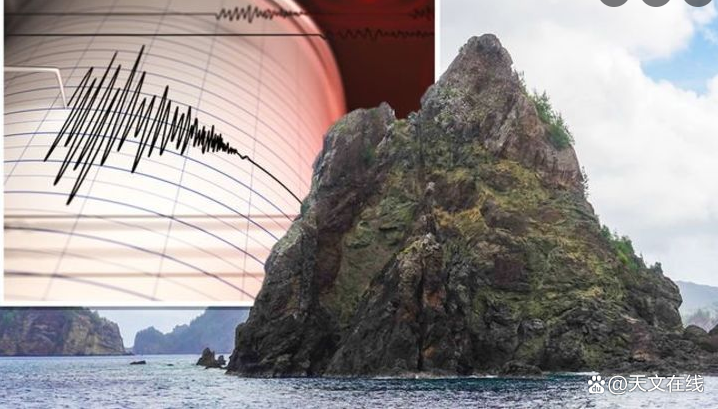
It was not until the 1980s that geologists were confused about the earthquake in the upper mantle, and they had not reached an agreement on why the earthquake happened there so far. Bernley and her doctoral supervisor, mineralist Harry Green, put forward a possible explanation. In the experiment in the 1980s, the two found that the olive mineral phase was not so neat and clean. For example, under certain conditions, olives can skip the Vaster stone phase and directly transform into Linwood. In the transition period of olives to Linwoodstone, under sufficient pressure, this mineral will actually rupture instead of bending. "If there is no change in my sample, it will not break," Bernley said. "But once I change it while squeezing it, it will break."
Bernley and Green reported their discovery in the "Nature" magazine in 1989, arguing that the pressure of the transition belt could explain the earthquake below 249 miles.
Most of the mantles of the earth are composed of olive minerals. (Photo source: Underworld111/Getty Images)
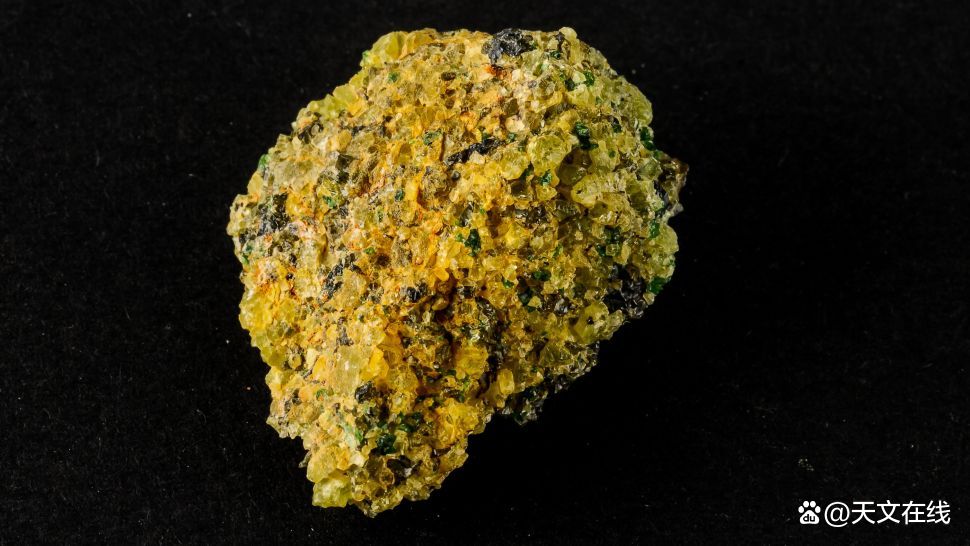
Go deeper
However, the new Boning earthquake is deeper than this transition zone. At 467 miles underground, its sources of earthquake should be just located in the lower mantle.
One possibility is that the boundary between the upper mantle and the lower mantle is not exactly in the Boning area expected by the seismologist. Said Heidi Houston, a global physicist at the University of Southern California who did not participate in this work. The area near Boning Island is a dive belt, where a large ocean crust section sinks into the continental crust. This situation often produces the effect of curl.

"This is a complicated place. We don't know where the exact boundary between the upper mantle and the lower mantle is," Houston told "Life Science".
The author of this paper believes that the dive crust section may basically fall on the lower mantle steadily, and it is enough to make the rocks there be huge pressure, produce sufficient calories and pressure, which leads to one and unusual breaks. However, Bernley doubts that the most likely explanation is that this is related to the unusual performance of minerals, or at least strange performance. She said that the continental crust to the center of the earth is much colder than the surrounding substances, which means that the temperature of the minerals in the area may not be high enough, and they cannot complete the phase changes they should have undergo under sufficient pressure.

Similarly, diamonds and graphite are a good example. Bernley said that diamonds are unstable on the surface of the earth, which means that they will not form spontaneously, but when you are inlaid on the engagement ring, they don’t It will become graphite. This is because the re -arrangement of carbon atoms requires a certain amount of energy, and at the temperature of the earth surface, these energy are not enough. (Unless anyone uses X -ray laser to illuminate diamonds.)
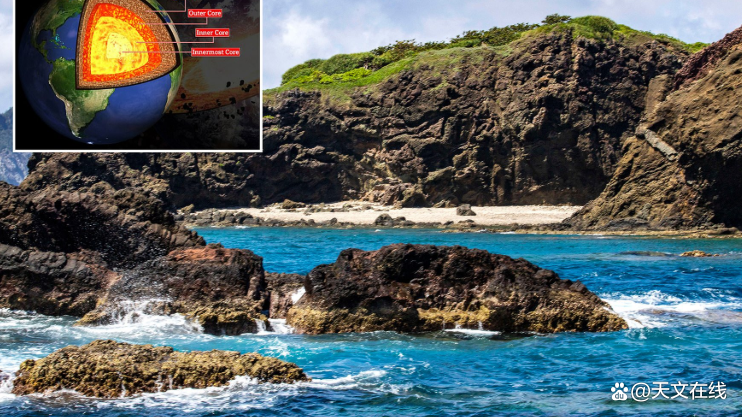
The same thing may also happen to the olives, Bernley said. This mineral may be transformed into non -crispy phase under sufficient pressure, but if it is too cold -for example, because there is a huge cold continental crust around -it may maintain the state of olives. This can explain why the earthquake may originate from the lower ground: the temperature there is not as high as scientists expect.
"My general idea is that if the material is cold enough to generate enough pressure and suddenly release it in the earthquake, then this temperature is enough to maintain its structure," Bernley said.
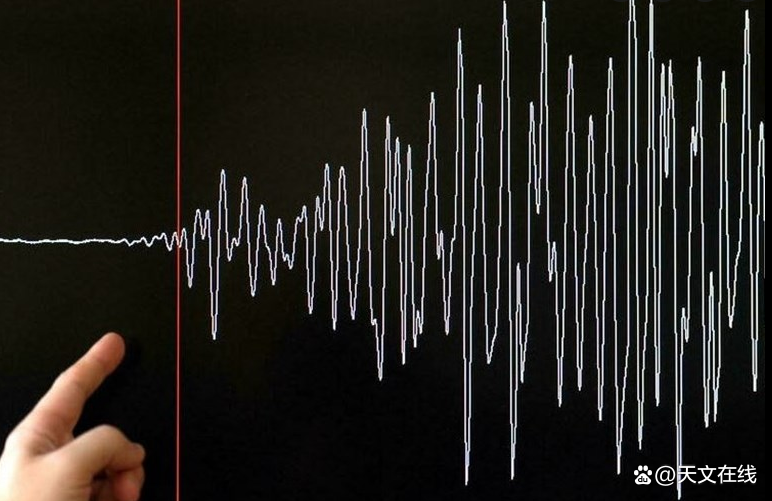
Houston said that no matter what the earthquake is, this situation is unlikely to happen often. There are only about half of the dive bands in the world, and the kind of earthquake that occurs before this ultra -deep earthquake will occur every two to five years.
"This is a very rare situation," she said.
By: Stephanie Pappas
Fy: Lan Duoduo
If there is related content infringement, please contact the author to delete after the work is released
Reprinted, please obtain authorization, and pay attention to maintaining integrity and indicating the source
- END -
South Korea's "Economic Pain Index", the highest in 21 years
Zhang Jing, a special reporter in Korea in KoreaThe Yonhap News Agency reported on the 20th that the results of the data analysis of the statistical department announced on that day of the South Korea
U.S. media: The possibility of a large economy decline in the United States of radical interest rate hikes has reached 50 %
Overseas Network, June 16th. According to the Associated Press reported on the 16th, the Federal Reserve Commission announced on the 15th that 75 basis points raised interest rates, raising the US fed